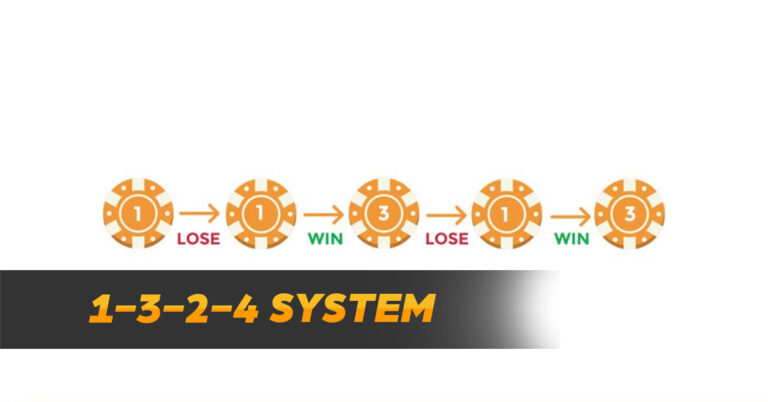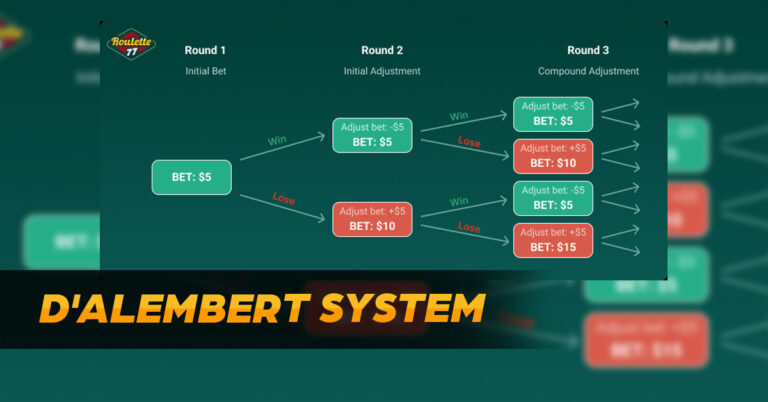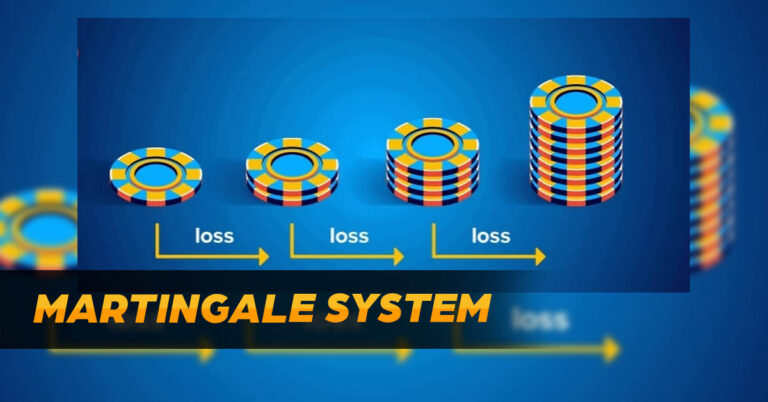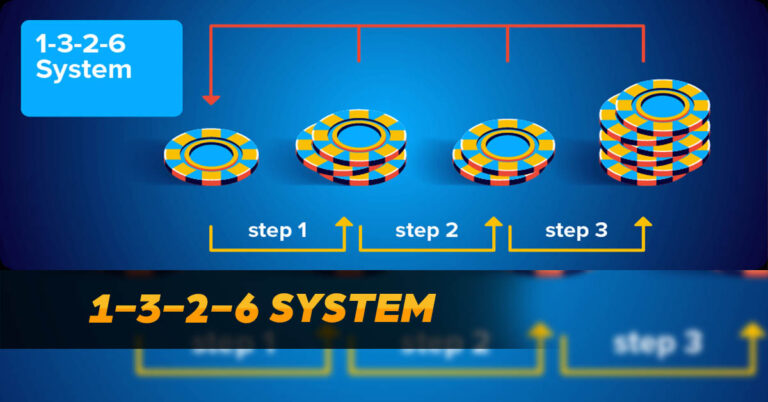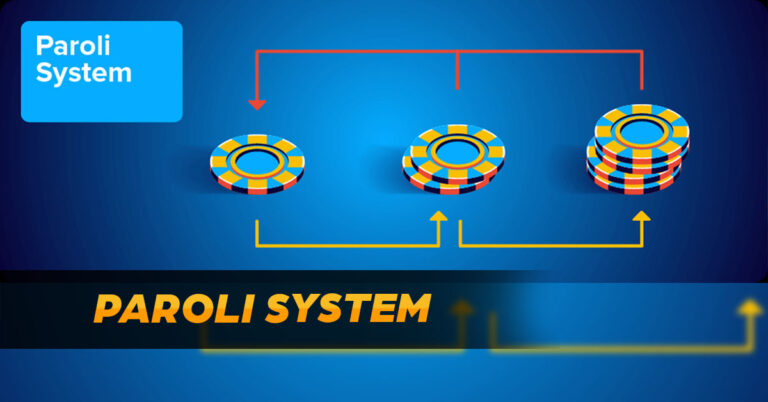Unveiling the Fibonacci System – Understanding its Mechanics
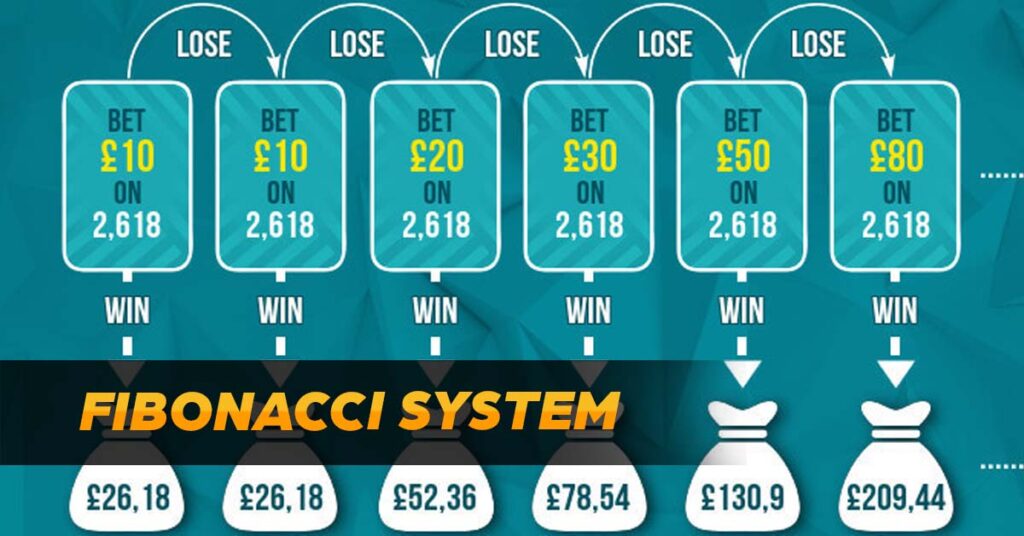
The Fibonacci system, renowned in both casino gaming and sports betting, operates on a sequence of numbers where bets are determined by their addition. Its aim? To recoup past losses and secure gains. Discover its effectiveness, intricacies, and suitability for specific games and wagers in our comprehensive guide.
What is the Fibonacci System?
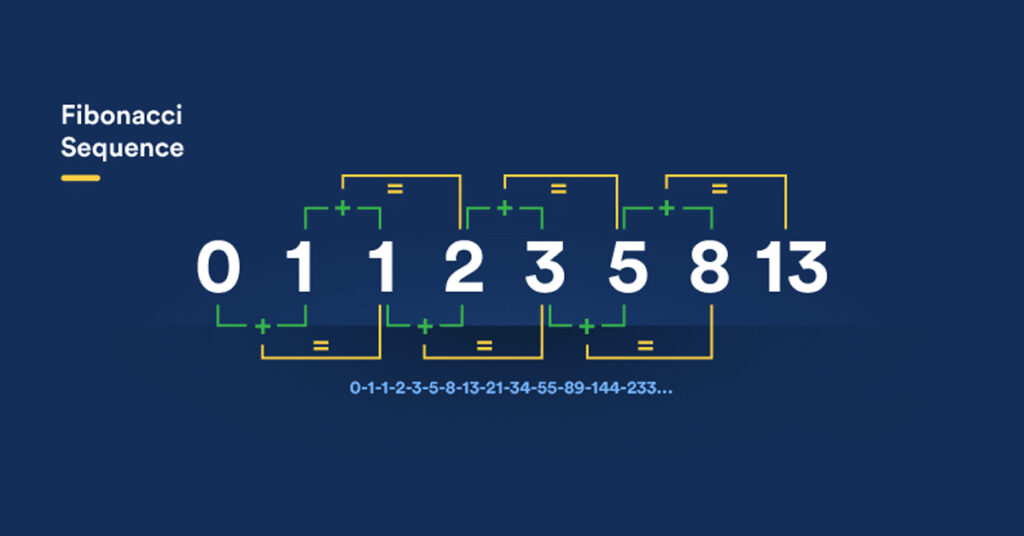
The Fibonacci System is a negative progressive betting approach dictating the units risked per bet. It involves adding the prior two numbers in the sequence to determine the subsequent wager. After losses, you append a new number to the sequence; post-wins, subtract two numbers.
Best suited for casino games with 1:1 odds, like baccarat, blackjack, craps, and roulette. Additionally effective in sports betting with -110 or -105 odds, minimizing risk during losing streaks and preventing hitting maximum betting limits at both land-based and online casinos.
There are two main reasons to opt for low-risk bets:
- Minimize risk during losing streaks, necessitating larger bets to recover losses.
- Steer clear of reaching the maximum betting limit in both brick-and-mortar and offshore online casinos.
How Does the Fibonacci System Function?
The Fibonacci system follows a sequence: 0, 1, 1, 2, 3, 5, 8, 13, 21, 34, 55, 89, 144, 233, 377, and so forth. This pattern results from adding the previous two numbers to generate the next one. Here’s a breakdown:
0 + 1 = 1
1 + 1 = 2
1 + 2 = 3
2 + 3 = 5
3 + 5 = 8
5 + 8 = 13
8 + 13 = 21
13 + 21 = 34
and so on.
However, in Fibonacci betting, the sequence operates differently, fluctuating as you win or lose bets. Units are added or removed throughout the session. For instance:
Example #1:
Example #2:
After a loss, a number is added to the right, as shown in the first example. Conversely, after a win, two numbers are subtracted from the left, as depicted in the second example.
There’s no fixed duration for utilizing the Fibonacci sequence in betting. Some players continue until they delve deeper into the sequence, then revert to the beginning, ensuring some winnings from the session.
Fibonacci System Examples
While the brief examples touch on the fundamentals of the Fibonacci system, a more extensive example is provided below to depict its dynamics during a typical gambling session. The table exhibits outcomes based on a $5 minimum bet
| Bet / Sequence | Result | Profit/Loss |
| $5 (0, 1) | Win | $5 |
| $5 (0, 1) | Win | $10 |
| $5 (0, 1) | Loss | $5 |
| $10 (0, 1, 1) | Loss | -$5 |
| $15 (0, 1, 1, 2) | Loss | -$20 |
| $25 (0, 1, 1, 2, 3) | Loss | -$45 |
| $40 (0, 1, 1, 2, 3, 5) | Win | -$5 |
| $15 (0, 1, 1, 2) | Win | $10 |
| $5 (0, 1) | Loss | $5 |
| $10 (0, 1, 1) | Win | $15 |
| $5 (0, 1, 1) | Win | $20 |
| $5 (0, 1) | Loss | $15 |
This sequence of bets involves six successful and six unsuccessful wagers. Despite achieving a balance between wins and losses, the Fibonacci system still yields a $15 profit. This example highlights the effectiveness of the Fibonacci betting system under favorable conditions.
Pros and Cons of the Fibonacci System
The Fibonacci betting system presents itself as a promising approach, yet it’s essential to evaluate its advantages and disadvantages before adopting it.
Pros:
Cons:
The Fibonacci System in Roulette
Roulette stands as the prime playground for the Fibonacci strategy and other betting methodologies due to its versatility. It presents three even-money betting options, surpassing many other casino games. With the Fibonacci system, roulette enthusiasts can engage in various wagers:
These betting options are clearly visible on the outer section of the roulette board. Whether you’re enjoying live or online roulette, simply place your chips on 1-18, 19-36, Even, Odd, the black space, or the red space. Each option offers an even-money payout and nearly a 50% chance of winning.
After placing your bet, await the wheel’s spin to determine the outcome. A win prompts the elimination of two numbers from the Fibonacci sequence, while a loss entails adding one number (the sum of the two previous digits) to the sequence.
It’s crucial to select the roulette variant wisely, as each carries a distinct house advantage:
Exploring the Fibonacci Betting Strategy in Blackjack
With nearly a 50% chance of winning each hand, blackjack provides an ideal setting for the Fibonacci system. Unlike roulette, you bet simply on winning or losing. While blackjack presents complexities like doubling down and splitting, we recommend a straightforward approach: double your bet after a loss or restart the sequence after a win.
For instance:
Fibonacci Betting with Other Casino Games
Tips for Maximizing Your Experience with the Fibonacci System
The Evolution of Fibonacci: From 200 BC to Present Day
The origins of Fibonacci numbers trace back to India around 200 BC, where mathematician Pingala introduced an early concept within poetry.
Leonardo of Pisa, also known as Fibonacci, is credited with refining the sequence. In his book Liber Abaci (Book of Calculation), he elaborated on Fibonacci numbers. Over time, this mathematical concept found its place in the world of casinos, akin to various betting systems
Conclusion
The journey of Fibonacci numbers from ancient India to modern-day casinos reflects their enduring relevance and adaptability. At MNL777, we recognize the historical significance and practical application of mathematical concepts like Fibonacci. By understanding their evolution and integration into various fields, we aim to provide our users with a comprehensive gaming experience that acknowledges both tradition and innovation. Join us at MNL777 to explore the intersection of mathematics and entertainment today.

